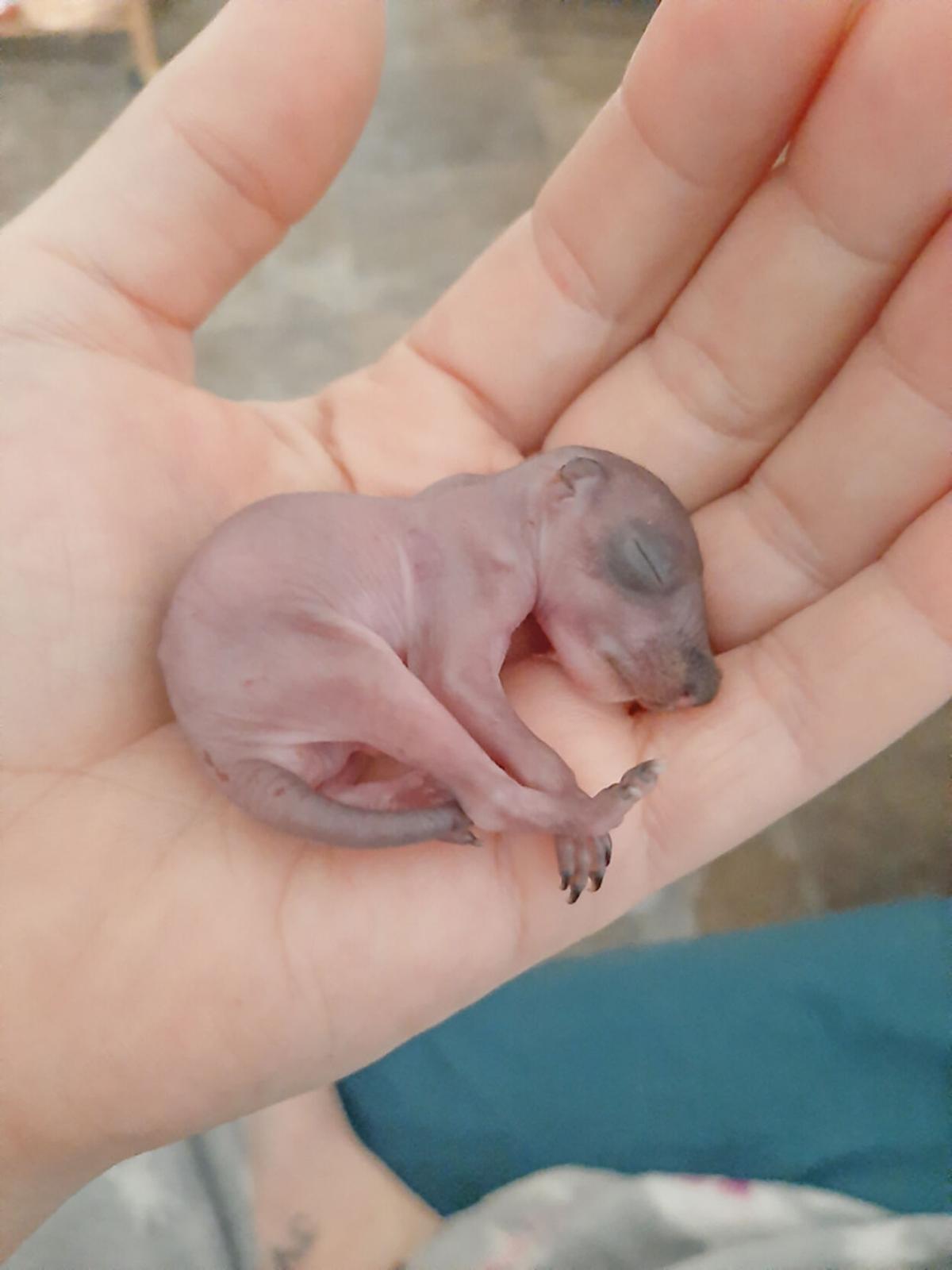
Found Baby Squirrel: A Comprehensive Guide to Care
Introduction
Encountering a baby squirrel can be an endearing and heartwarming experience. However, it’s crucial to understand that these tiny creatures require specialized care to ensure their survival and well-being. This comprehensive guide will provide you with detailed instructions on how to care for a found baby squirrel, covering everything from feeding to housing and veterinary considerations.
Assessing the Situation
Before taking any action, it’s essential to assess the situation and determine if the baby squirrel is truly in need of assistance.
- Observe the squirrel from a distance: If the squirrel is alert, active, and moving around, it may not require immediate intervention.
- Check for injuries: Examine the squirrel for any visible injuries, such as cuts, bruises, or broken bones.
- Determine if the mother is nearby: Look for the mother squirrel in the vicinity. If she is present, it’s best to leave the baby alone.
When to Intervene
If the baby squirrel is injured, orphaned, or in immediate danger, it’s necessary to intervene. Signs that indicate the need for assistance include:
- Cold or lethargic: The squirrel is unresponsive or feels cold to the touch.
- Visible injuries: The squirrel has obvious wounds or broken bones.
- No mother in sight: The baby squirrel is alone and has not been seen with its mother for several hours.
- Abandoned nest: The squirrel’s nest has been destroyed or abandoned by the mother.
Immediate Care
If you determine that the baby squirrel needs assistance, follow these immediate care steps:
- Warm the squirrel: Place the squirrel in a warm, dark, and quiet place. You can use a heating pad set on low or a warm water bottle wrapped in a towel.
- Do not feed the squirrel: Baby squirrels have specific dietary needs and should not be fed without professional guidance.
- Contact a wildlife rehabilitator: As soon as possible, contact a licensed wildlife rehabilitator who specializes in caring for squirrels. They will provide expert care and ensure the squirrel’s well-being.
Long-Term Care
If you are unable to contact a wildlife rehabilitator immediately, you may need to provide temporary care for the baby squirrel. Follow these instructions carefully:
Feeding
- Formula: Use a specialized squirrel milk replacer formula, available at pet stores or online.
- Feeding schedule: Feed the squirrel every 2-3 hours during the day and every 4-6 hours at night.
- Feeding method: Use a syringe or dropper to gently feed the formula into the squirrel’s mouth. Do not overfeed.
Housing
- Nest box: Create a cozy nest box using a small cardboard box or plastic container lined with soft material, such as fleece or shredded paper.
- Temperature: Keep the nest box warm by placing it in a warm room or using a heating pad set on low.
- Cleanliness: Keep the nest box clean by changing the bedding regularly.
Hygiene
- Bathing: Baby squirrels do not need regular baths. However, if the squirrel becomes soiled, use a damp cloth to gently wipe it clean.
- Stimulation: Gently massage the squirrel’s genitals to stimulate urination and defecation.
Veterinary Care
- Regular checkups: Take the baby squirrel to a veterinarian for regular checkups to monitor its health and growth.
- Vaccinations: Baby squirrels require vaccinations to protect them from common diseases.
- Parasite control: The squirrel may need to be treated for parasites, such as fleas or mites.
Rehabilitation and Release
- Rehabilitation: Once the baby squirrel is healthy and strong enough, it will need to be rehabilitated to prepare it for release back into the wild.
- Release: The squirrel should be released in an area with an abundance of food and shelter.
- Monitoring: Continue to monitor the squirrel after release to ensure its successful adaptation to the wild.
Important Considerations
- Legal implications: It’s important to check local laws and regulations regarding the care and release of wildlife.
- Time commitment: Caring for a baby squirrel requires a significant time commitment. Be prepared to dedicate several hours each day to its care.
- Expertise: While this guide provides general instructions, it’s highly recommended to seek professional guidance from a licensed wildlife rehabilitator.
Conclusion
Caring for a found baby squirrel is a rewarding but challenging endeavor. By following these comprehensive instructions, you can provide the necessary care to ensure the squirrel’s survival and well-being. Remember to prioritize the squirrel’s health, seek professional assistance when needed, and respect the laws and regulations governing wildlife care. With patience, dedication, and the support of experts, you can play a vital role in the rehabilitation and release of this fascinating creature.
